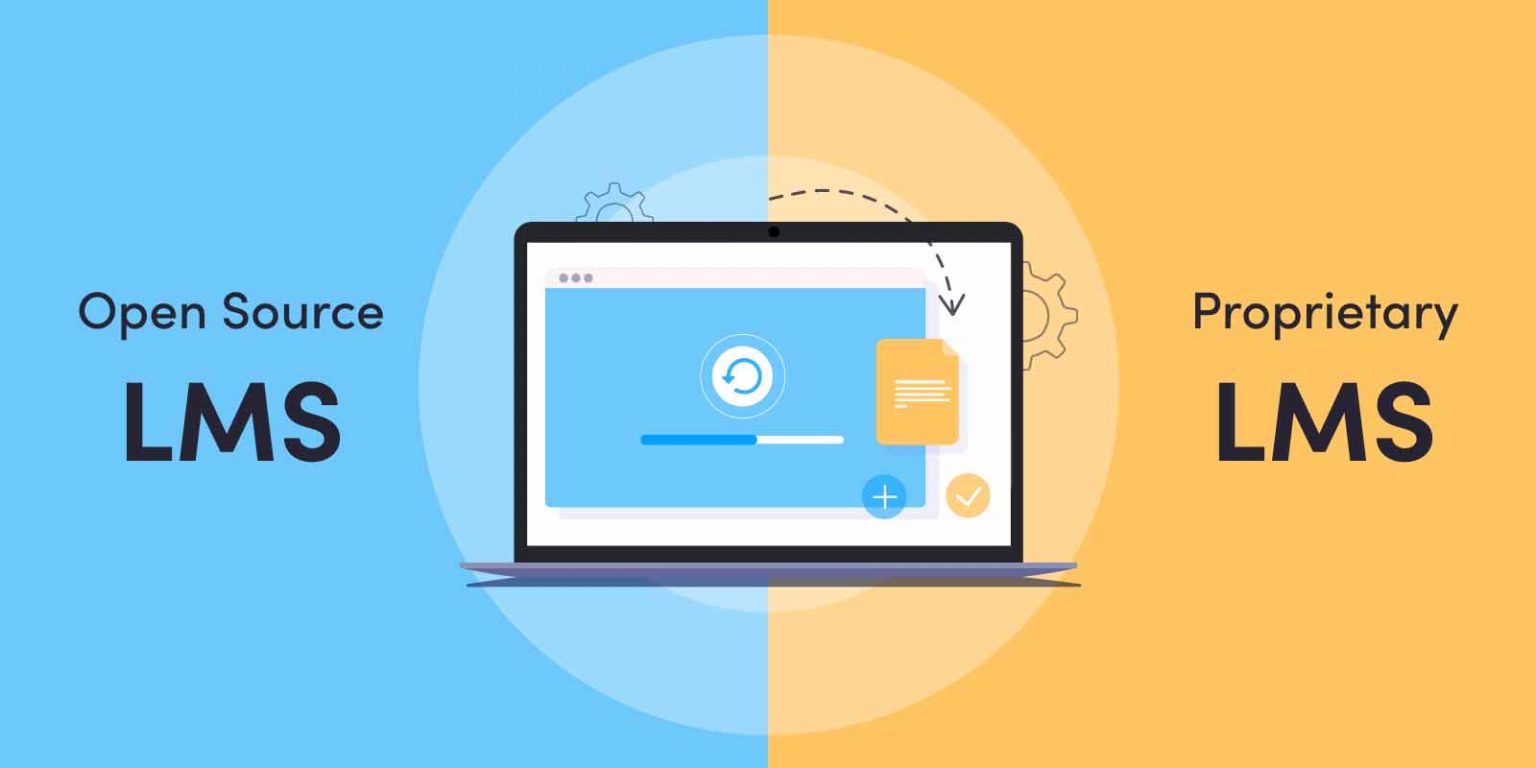In today's rapidly evolving digital environment, selecting the right Learning Management System platform is more crucial now more than ever. Businesses, educational institutions, and training providers are turning on these platforms to provide compelling and efficient educational experiences. However, with a multitude of choices available, picking the optimal LMS can be daunting. It's important to understand the main considerations that will influence your choice and how every platform can satisfy your particular needs.
The right learning management system solution can transform how you provide training and training, enabling you to streamline processes, enhance learner engagement, and track progress efficiently. By evaluating different aspects like user-friendliness, capabilities, compatibility, and cost, you can make an educated choice that aligns with your objectives. In this guide, we will outline the essential elements to take into account when selecting an learning management system, helping you navigate the landscape and finally choose a system that enhances your educational efforts.
Comprehending LMS Types
When selecting an LMS platform, it is essential to understand the various categories on the market, as each caters to different learning needs and organizational goals. The most common types are conventional LMS, cloud-based LMS, and open-source LMS. Conventional LMS generally requires local installation and upkeep, which can be suitable for companies prioritizing strict control over their information and systems.
Cloud LMS has gained popularity because of its flexibility and ease of use. This type allows learners to utilize the learning platform from any location, making it ideal for organizations with remote teams or a dispersed workforce. Additionally, cloud LMS frequently comes with automatic and the ability to scale, which means you can easily adjust the resources as your organization grows or evolves.
Open source LMS provides an alternative choice, allowing companies to customize their educational system according to individual needs. Although this category of LMS requires more technical knowledge for setup and maintenance, it provides considerable advantages, such as lower licensing fees and full authority over the functionalities and integrations. Comprehending https://www.kallidus.com/product/learn-lms/ will empower you to choose the most suitable LMS platform for your specific needs.

Key Features to Consider
When choosing an LMS platform, the experience for users should be a primary focus. A well-crafted interface not only enhances engagement and also facilitates learning by making navigation intuitive. Search for platforms that offer tailorable dashboards and a mobile-optimized design, which allows learners to reach content whenever and wherever. A powerful LMS should streamline the learning process, facilitating for both learners and administrators to oversee courses and track progress.
Another important aspect to evaluate is the integration capabilities of the LMS platform. It should seamlessly connect with other tools and software that your organization uses, such as CRM platforms, content management systems, and collaboration tools. This integration boosts workflow and ensures that data flows seamlessly between systems, reducing administrative burdens and improving reporting accuracy.
In conclusion, consider the capacity to scale of the LMS platform. As your organization grows, your learning needs may evolve, necessitating the platform to support an growing number of users, courses, and content types. Choose an LMS that is flexible enough to accommodate these changes without compromising performance. Scalability ensures that the platform will continue to be effective and useful as your training programs grow and diversify.
Assessing Pricing Models
While selecting the best LMS solution, understanding the cost models is essential. Different platforms present different pricing structures, which may include subscription models, lump-sum payments, or per-user models. Assess your organization's budget and decide which model matches with your economic parameters. A recurring model may provide continuous support and frequent updates, while a single upfront payment might be beneficial for organizations looking to reduce ongoing costs.
A further important factor to keep in mind is the scalability of the pricing model. A few LMS platforms require payment per registered user, which can increase in cost as your organization develops. In contrast, others provide unlimited user options at a stable rate, which may be more economical in the long run. It is crucial to project your potential user base and foresee growth to choose a pricing model that will continue to work as your needs develop.
In conclusion, take note of any additional costs associated with the LMS platform. This may cover fees for extra features, customer support, or learning aids. Carefully reviewing the fine print can prevent unnecessary expenses and issues later on. By assessing the numerous pricing models and their implications for your organization, you can choose an LMS platform that provides value and meets your learning goals.
